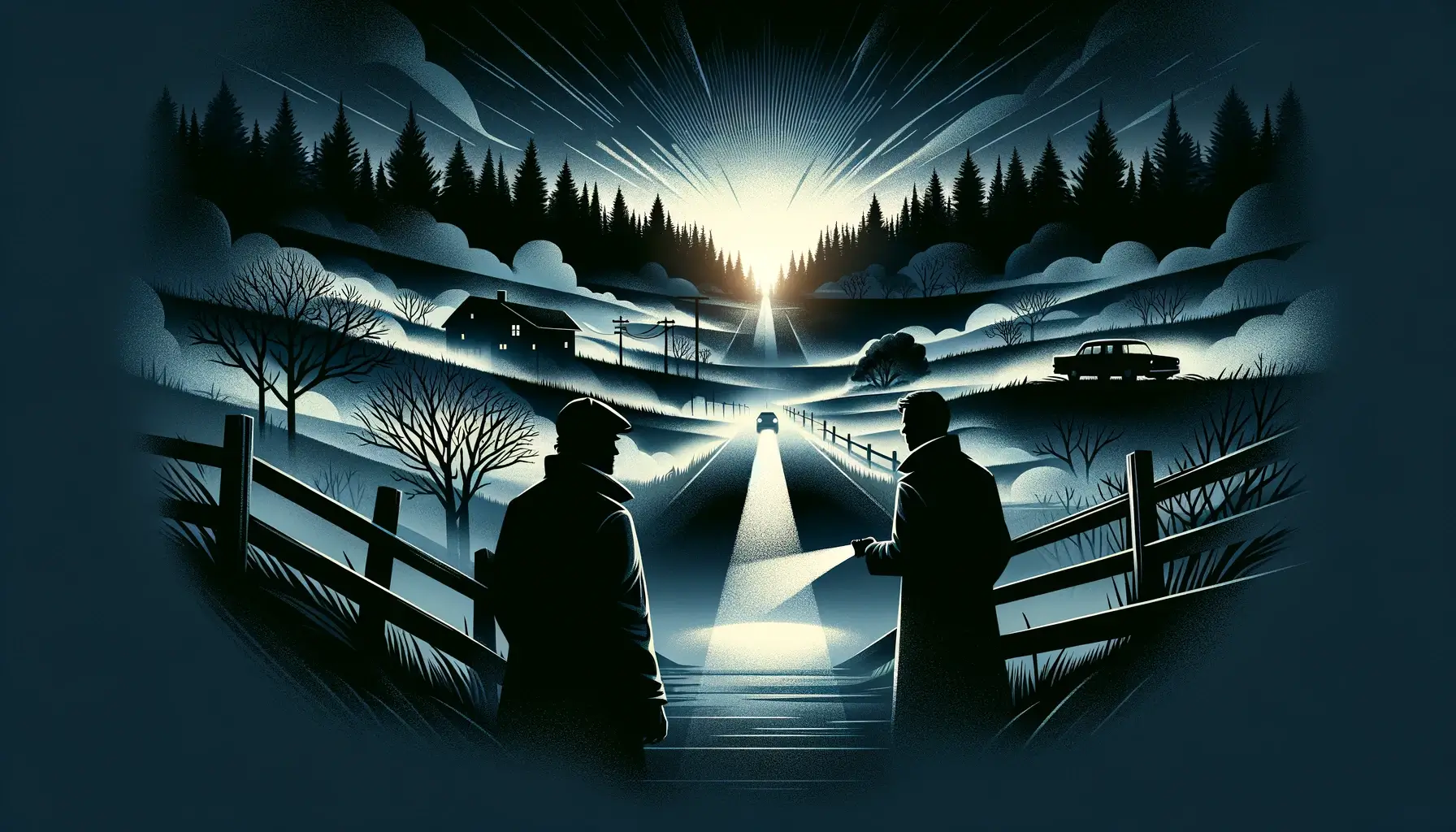“Train to Busan,” directed by Yeon Sang-ho, has been widely praised for its fresh take on the zombie genre, combining intense action with deep emotional resonance. Its success comes from both its technical execution and its ability to elicit a strong reaction from audiences and critics alike.
Plot Details:
Beginning: The film begins with Seok-woo, a fund manager and somewhat estranged father, who is traveling with his young daughter, Su-an, from Seoul to Busan so she can visit her mother and celebrate her birthday. Unbeknownst to the passengers, an infected person boards the train just as it is about to depart.
Outbreak on the Train: Shortly after the train departs, the infected passenger turns into a zombie and begins attacking others, which starts a domino effect of infections throughout the train. The infection spreads quickly due to the confined spaces and the high density of people.
Struggle for Survival: As chaos ensues, Seok-woo, Su-an, and other passengers, including a pregnant woman, Sang-hwa and his wife Seong-kyeong, a high school baseball team, and others, try to survive. They face multiple challenges, from the zombies themselves to the selfish actions of other survivors. The group must navigate through train cars filled with zombies as they seek safety.
Social Commentary and Human Drama: The film explores themes of sacrifice, selfishness, and social responsibility. Several scenes highlight the disparity between the characters’ social classes and how they choose to help each other (or not) in times of crisis. Notably, a COO on the train represents the self-serving and cowardly attitudes that contrast with the selfless acts of other main characters.
Climax and Resolution: The survivors are forced to make tough decisions, leading to heartbreaking sacrifices and acts of heroism. The train eventually stops at stations that are supposed to be safe zones but have been overrun by zombies. The climax builds as the surviving group makes a final dash for a quarantine zone after a harrowing journey that tests the limits of their endurance and humanity.
Ending: The film concludes with an intense emotional payoff as the final survivors, Su-an and Seong-kyeong, approach the Busan safe zone, walking through a tunnel while soldiers on the other side debate whether to shoot them, not knowing if they are humans or zombies. The poignant singing of Su-an sways their decision towards hope and survival.




